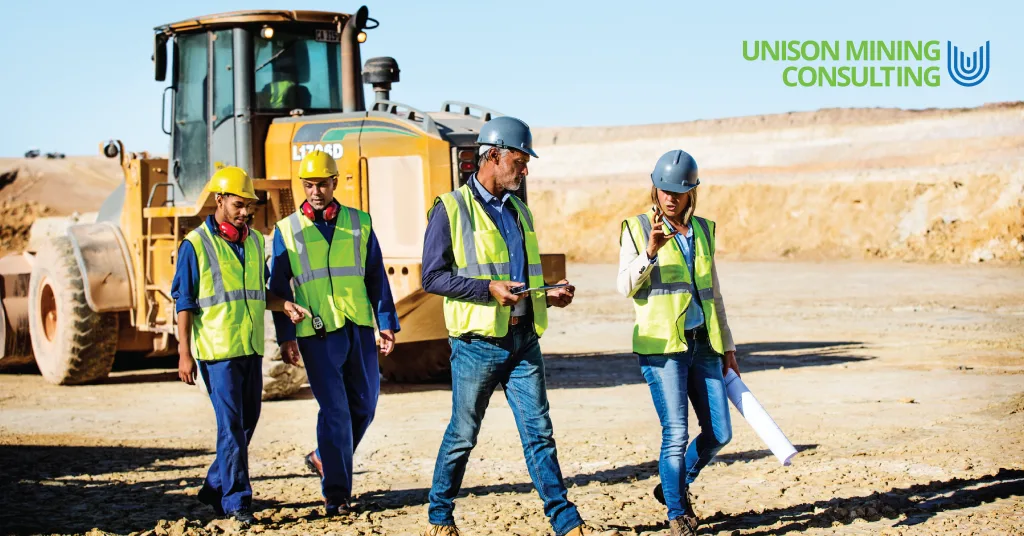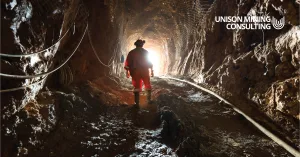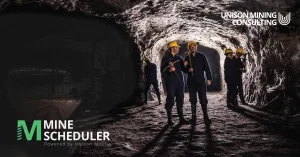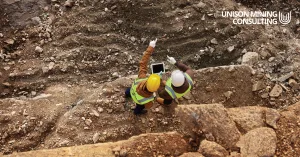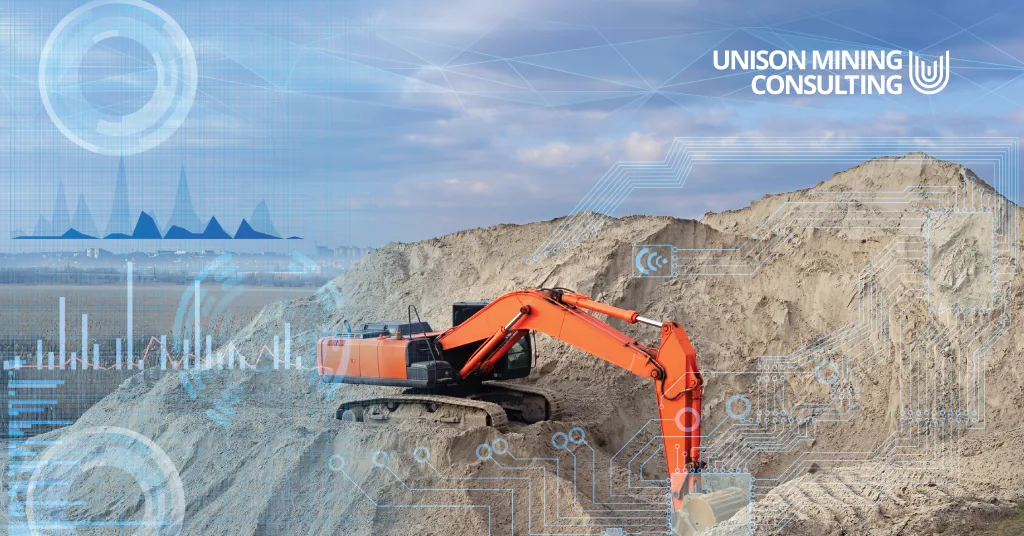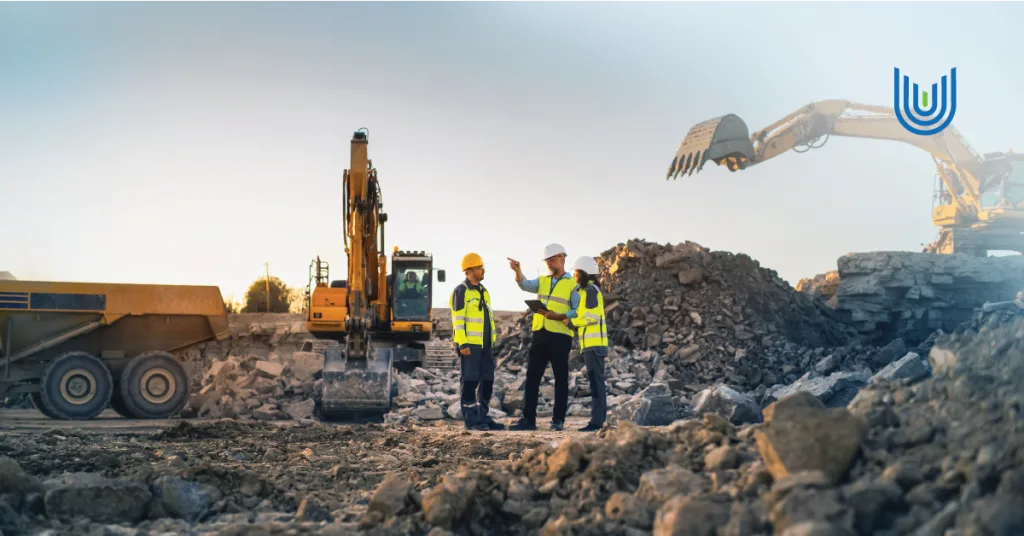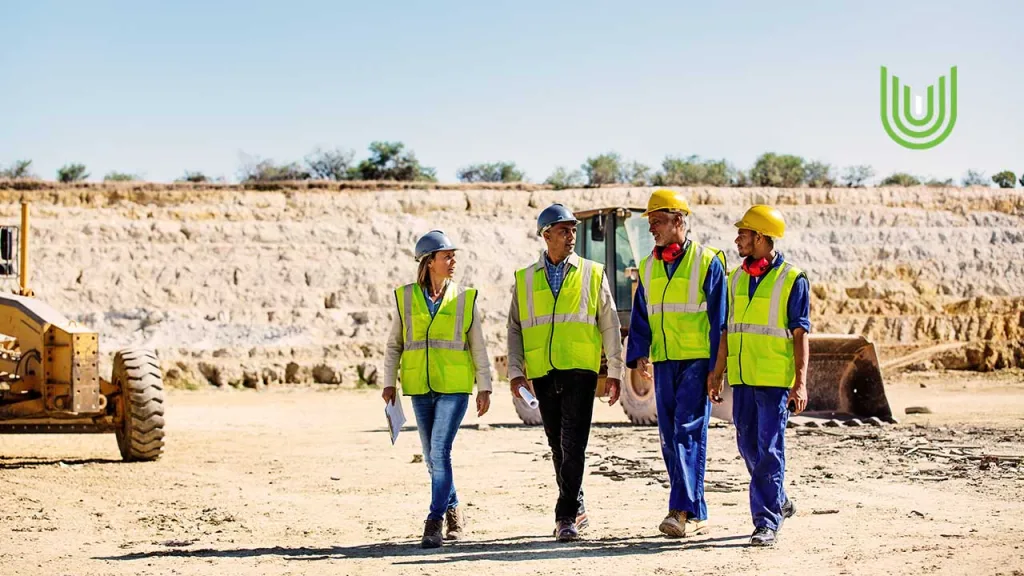The Gemba Walk, first introduced by Toyota in the 1950s, is a straightforward leadership practice that remains vastly underutilized in the mining industry. Unlike complex management systems, Gemba Walks are built on a simple premise: leaders and key stakeholders regularly visit the worksite to observe frontline operations and engage directly with teams.
What Sets Gemba Walks Apart for Enhancing Mine Performance?
During a Gemba Walk, leaders tour the site to see tasks carried out in real time. These routine visits create opportunities for open dialogue with frontline teams, allowing managers to validate or challenge existing interventions based on firsthand observations.
While manufacturing environments are typically static, mining sites are dynamic, with people and resources constantly shifting. This complexity can overwhelm leaders who rely solely on digital dashboards or remote data, especially when that data may be incomplete or outdated. For mine planners, who often work with virtual models and maps, Gemba Walks provide essential ground-level insight, bridging the gap between plans and reality.
The term “Gemba” comes from the Japanese word for “the real place.” By observing operations on site, leaders gain a clearer understanding of what’s actually happening, rather than relying on lagging or unreliable data.
Proactive Performance Management in Mining
A single, well-structured Gemba Walk each week is more effective than numerous unplanned visits. These walks can inform upcoming management decisions or help investigate the outcomes of actions already taken. Over time, Gemba Walks shift the organizational culture from reactive problem-solving to proactive teamwork and recognition.
Typically, a Gemba Walk team includes 6 to 8 experts from areas such as mine planning, operations, maintenance, and safety. Additional specialists, like geologists or supply chain managers, may join depending on the issue at hand.
Five Keys to Effective Gemba Walks
Set a Clear Agenda: Each walk should have a specific focus, guided by available data, to ensure time is well spent.
Observe Real Work: Watch routine activities as they happen, not staged demonstrations or atypical scenarios.
Engage the Workforce: Direct feedback from those closest to the work is invaluable, even in today’s data-rich environments.
Act Quickly: Timely, reasonable decisions often deliver better results than waiting for perfect solutions. Gemba Walks establish an expectation that management will follow through with action-whether addressing immediate issues or broader processes. Recognize employees and contractors for their contributions.
Make It Routine: Gemba Walks should be a proactive, regular practice and not just a reaction to problems. Consistency builds trust and drives continuous improvement.
Partner with Unison Mining for Success
Unison Mining can help you integrate Gemba Walks into your existing processes, supporting team performance and collaboration. With a structured, consistent approach, Gemba Walks become a catalyst for lasting operational improvement.


